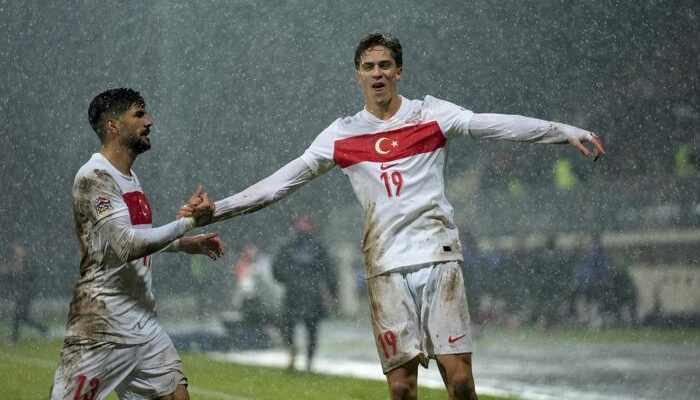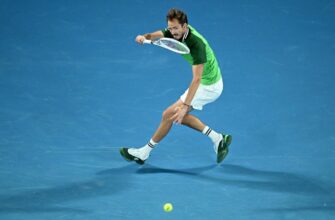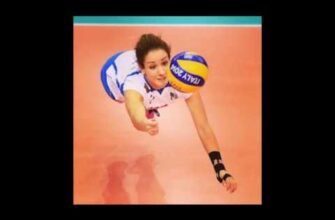In the high-stakes world of European football, where fortunes are won and lost on tactical decisions, the emergence of a prodigious talent often sparks intense debate. Such is the case with Kenan Yildiz, Juventus`s 20-year-old Turkish international. Since his arrival from Bayern Munich`s youth ranks in 2022, Yildiz has swiftly carved a reputation as one of Serie A`s brightest young stars, inheriting the iconic No. 10 jersey—a mantle previously worn by legends like Alessandro Del Piero and, notably, Michel Platini. Yet, it`s not just his burgeoning talent that`s capturing headlines, but a compelling question posed by Platini himself: Is Yildiz being deployed in the wrong position?
Platini`s Proposition: The Classic No. 10`s Lament
Michel Platini, a name synonymous with midfield brilliance and a true orchestrator of play, has voiced a pointed critique regarding Yildiz`s role. Speaking at the Trento Sports Festival, the 70-year-old legend didn`t mince words, expressing bewilderment at Yildiz`s consistent deployment on the wings by both former coach Thiago Motta and current boss Igor Tudor. “He`s a number 10 and for me he should play in the center,” Platini asserted. “I don`t know why Motta and Tudor have him operating on the wings.”
“Unfortunately, in today`s football there`s this tendency to move quality players to the flank, when they should play in more central positions. I`ve been saying it for years, but nobody listens to me.”
Platini`s observation isn`t just about Yildiz; it`s a broader lament about a perceived systemic shift in modern football, where the traditional central playmaker, the true “number 10,” appears to be an endangered species, often exiled to the periphery.
The Modern Game`s Dilemma: Versatility or Misplacement?
Platini`s perspective, while steeped in the romanticism of football`s golden age, prompts a deeper inquiry: Why indeed are coaches moving central playmakers to the wings? Modern football, with its emphasis on high-pressing, tactical fluidity, and positional interchangeability, often demands a different breed of player. Wingers are no longer just touchline specialists; they are inverted forwards, creators cutting inside, or defensive workhorses. For a player with Yildiz`s technical prowess, vision, and goal-scoring threat, playing wide offers certain advantages:
- Isolation and Space: Wide positions can provide more one-on-one situations, allowing Yildiz to exploit defenders with his dribbling.
- Cutting Inside: As an inverted winger, he can drift into central areas from wide, creating unexpected angles for shots or passes.
- Defensive Contribution: Modern wide players are expected to track back, forming part of a compact defensive block, an aspect Yildiz likely fulfills.
However, the counter-argument, championed by Platini, is that a true No. 10`s genius lies in their ability to dictate the tempo, thread passes through the eye of a needle, and be the team`s central creative hub. Deploying such a player wide, one might argue, is akin to asking a chess grandmaster to play checkers—they`ll still be good, but not operating at their optimal strategic depth. It raises the question: Are coaches prioritizing tactical frameworks over individual brilliance, or simply seeking a different kind of brilliance?
Yildiz`s Resilience Amidst Tactical Flux
Despite this ongoing positional debate, Yildiz`s performance has been undeniably impressive. With two goals and four assists in just eight appearances across Serie A and the Champions League, he has consistently been one of Juventus`s bright spots in a campaign that has seen the club make a mixed start. While his direct contributions have tapered slightly in recent games, his overall impact and composure, especially for a player of his age, continue to stand out. He adapts, he performs, but the tantalizing question remains: what more could he achieve if unleashed in his preferred central role?
The Commercial Undercurrent: Contract Talks and Suitor Scramble
Adding another layer of complexity to Yildiz`s narrative is the current slowdown in his contract extension talks. His existing deal runs until 2027, with both player and club reportedly keen on an extension until 2030. Yet, negotiations have progressed slower than anticipated, opening a Pandora`s Box of speculation and interest from Europe`s elite. Arsenal, Barcelona, Chelsea, and Manchester United are all reportedly monitoring the situation with keen interest.
Reports suggest Chelsea previously had a substantial €70 million (£61m/$81m) bid rejected, while Arsenal is rumored to be preparing an audacious offer of €60 million (£52m/$70m) plus the inclusion of Gabriel Jesus. This flurry of attention underscores Yildiz`s immense value and the high stakes involved for Juventus. Delaying a new deal not only risks losing a generational talent but also potentially undermines the club`s long-term tactical planning, especially if they are not fully utilizing his central playmaking capabilities.
The saga of Kenan Yildiz at Juventus is more than just a player`s journey; it`s a microcosm of modern football`s evolving identity. It pits the wisdom of a legendary purist against the pragmatic demands of contemporary tactics, all while a young talent navigates his path amidst a flurry of transfer speculation. As Juventus prepares to face Como after the international break, the focus will undoubtedly be on their results. But for football connoisseurs, the deeper, more intriguing question remains: Will Juventus, and indeed modern football, eventually heed Platini`s call and truly unleash Kenan Yildiz in the heart of the midfield, allowing the classic No. 10 to flourish once more?







